🤔“Hey, what's your skin type?”
😅“Well mine’s a combination and recently, my skin’s been getting a lot of reactions. So I would say I have sensitive skin too!”
🤔“Wait, do you mean sensitized skin or sensitive skin?”
All of us are familiar with the common term, “sensitive skin” but have you ever heard about sensitized skin? Well both of them have very similar symptoms, so you might have actually mistaken yourself for having sensitive skin...but in actuality just experiencing a bad case of sensitized skin. In this post, we will be discussing the differences between the two and at the same time how to distinguish them apart. And what makes it a post from Joi if we don’t include some of our skincare tips and tricks, am I right?
Looking at both sensitive and sensitized skin, we can see that they are usually accompanied by symptoms like inflammation, itchiness, peeling and flaking of the skin, redness on the skin, painful bumps on the skin and dryness. Sensitive and sensitized skin may also cause stinging, burning, pain, and tingling-like sensations. However if we dig a little deeper, we would be able to see the factors that set them apart.
Sensitive skin is usually rooted from your genetic makeup and also intrinsic factors. But what actually makes you have sensitive skin is either a skin barrier that is significantly weaker than the average person, an overactive immune system or even both at once. Because of these factors, if someone with sensitive skin gets exposed to certain environments or stimuli, their skin would react and show the symptoms we’ve discussed.
Sensitized skin - A skin condition that can be caused due to many factors like a change in the environment, stress, lifestyle changes and external factors. Sensitized skin can be experienced by anyone with any type of skin, as long as the skin gets too irritated ,or gets hurt internally or externally. Sensitized skin does also cause symptoms like inflammation and itchiness, but it can be treated and the symptoms would be alleviated.
But how would I know if I have sensitive or sensitized skin in the first place?
Well the easiest way is to evaluate if your skin has always been irritated, or whether it happens for a temporarily short amount of time. The symptoms for sensitive skin are usually ongoing whereas the symptoms of sensitized skin tend to be more temporary. This shows that sensitive skin is a skin type and having sensitized skin is a skin condition, which can be treated. Besides this, if you are diagnosed with conditions like eczema, rosacea or anything inflammatory-like, you definitely have sensitive skin.

So here are our tips on how to deal with both sensitive skin and sensitized skin.
If you have sensitive skin:
Firstly, to prevent sensitive skin symptoms from appearing, you should try to strengthen the skin’s natural protective barrier - You can do this by using skincare products that are rich in antioxidants, an ingredient which naturally strengthens the skin’s barrier and protects it. Asides from that, our skin’s natural protective barrier would be stronger and have a lesser chance of being damaged if moisturised well. So you would want to look for ingredients in skincare products that can help hydrate and moisturise the skin. Here at Joi, our Helichrysum Deep Moisture Face Oil is rich in both antioxidants and omega-rich fatty acids that can help strengthen the skin’s barrier and deeply moisturise the skin respectively.
Secondly, would be to always keep your skin’s pH levels balanced - Our skin’s natural pH level is usually a little acidic, but gets thrown off throughout the day due to many things like impurities and even the face wash we’re using. Having an unbalanced pH level would cause our face to be more sensitive and easily irritated, so we should always look for products that can help return our skin’s pH level to its normal state. Use our Coconut & Bamboo Hydrating Toner, or the Aloe & Chia Balancing Toner throughout the day to balance out the skin without stripping any moisture from it.
The third way would be to use effective active ingredients to treat the skin - There are many active ingredients that are not suitable for sensitive skin, but certain gentler active ingredients can work wonders for your skin and at the same time not cause any side effects. An example of it would be blue tansy, which can be found in our Blue Tansy Clarifying Face Oil. It has the amazing ability to calm and relieve troubled skin. And did I mention - It helps reduce redness on the skin!
If you’re experiencing temporary sensitized skin:
You should always take a step back and analyse any recent changes that have happened to your life. This could be a skincare product you’ve started using, a new position at your job, a different diet you have been implementing or if the weather has been changing recently. After analysing and realising what changes could have affected your skin, you can either try to revert those changes or try changing things up again. With some tweaks here and there, symptoms of sensitized skin can definitely be treated and eliminated.
The Takeaway
When it comes to both sensitive and sensitized skins, we should always go with the more gentle route and avoid any harsh chemicals. All our products here at Joi are made with 100% natural ingredients and are tailored for all skin types, that includes sensitive aggravated skin. Joi products are fragrance free too. What we want to constantly remind you, our Joi fam to do, is to always carry out a small patch test on an area of your skin whenever you first try a new product. With that, we wish you goodluck on your skincare journey and we hope you learned something new from this!
Love from us here at Joi ❤️
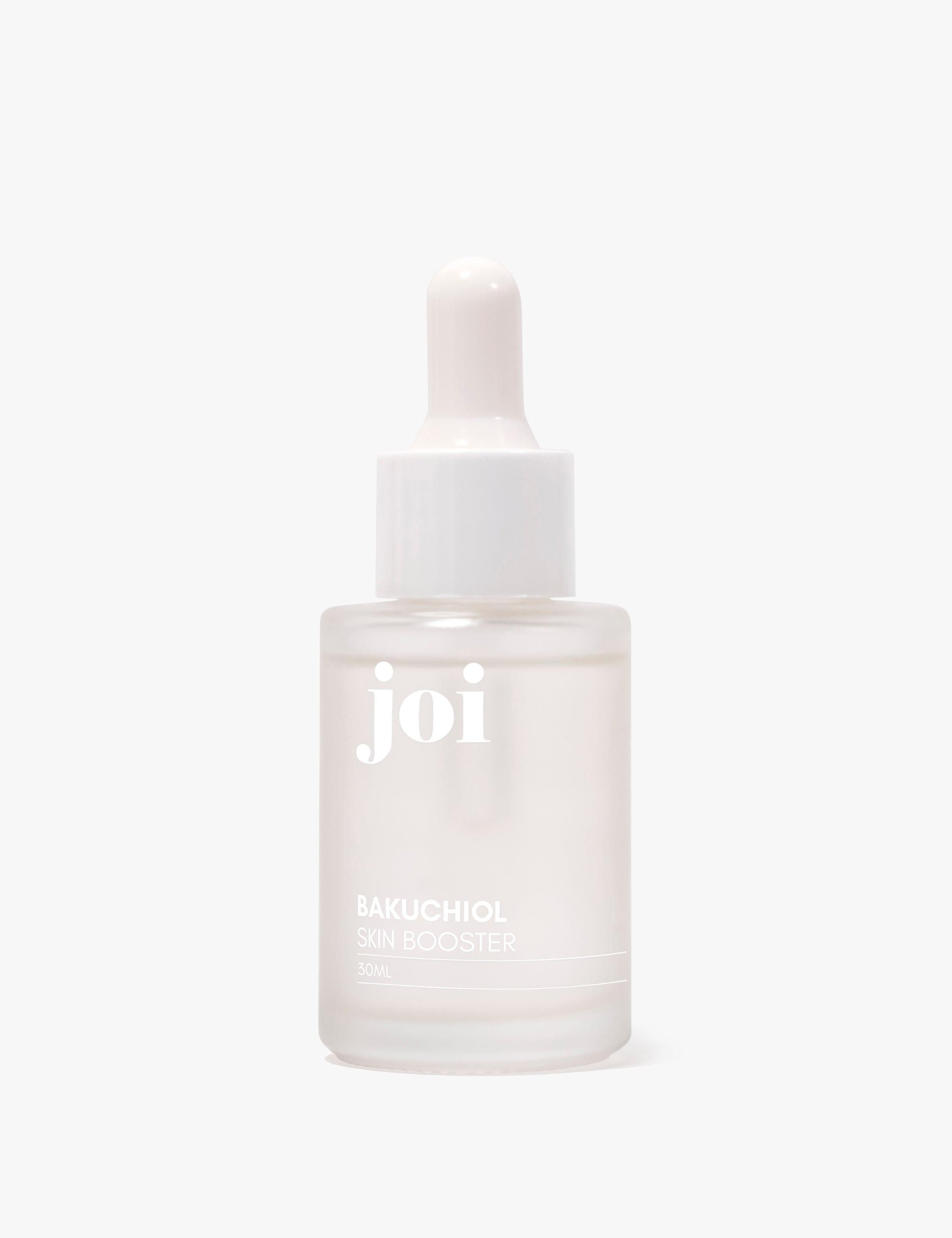

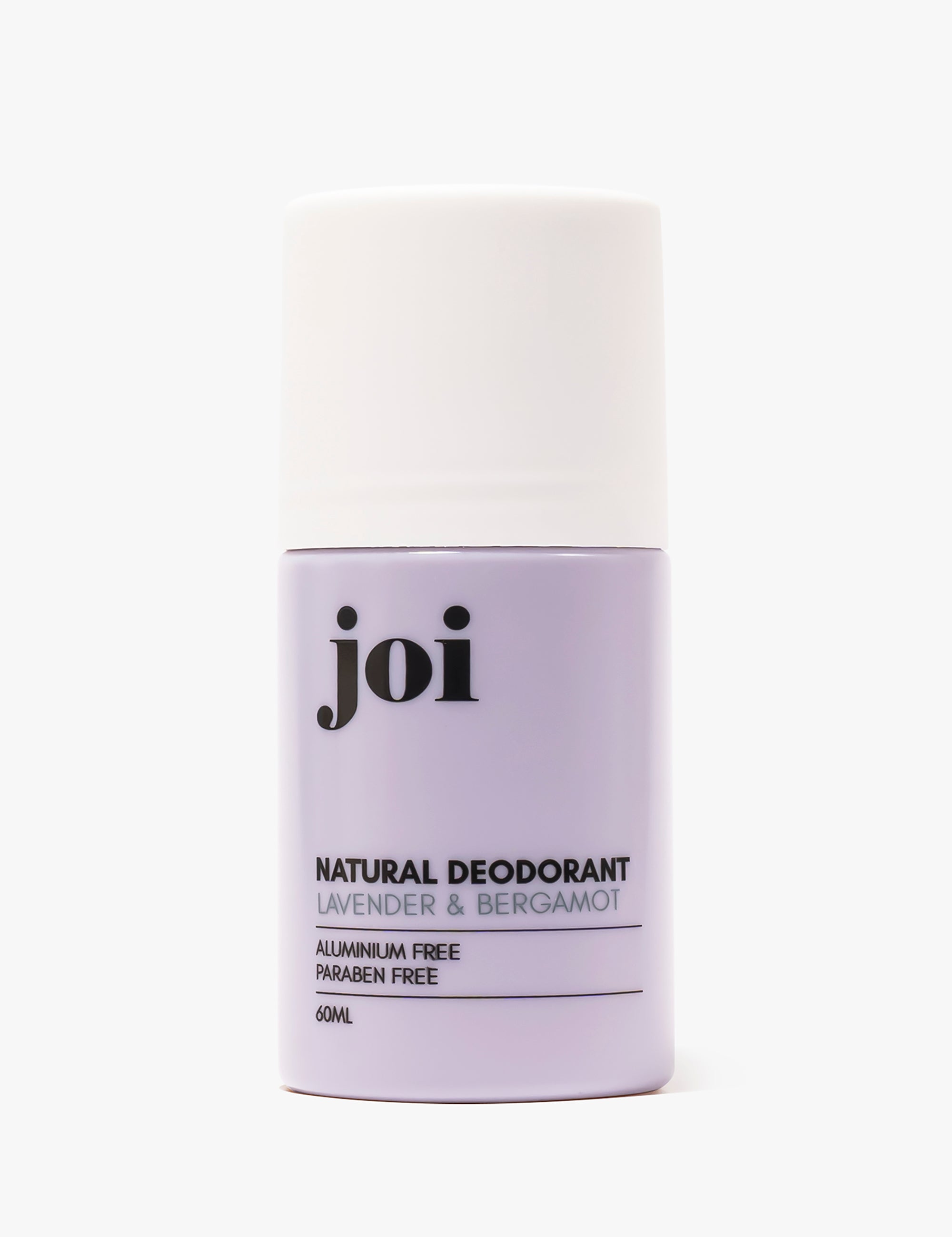
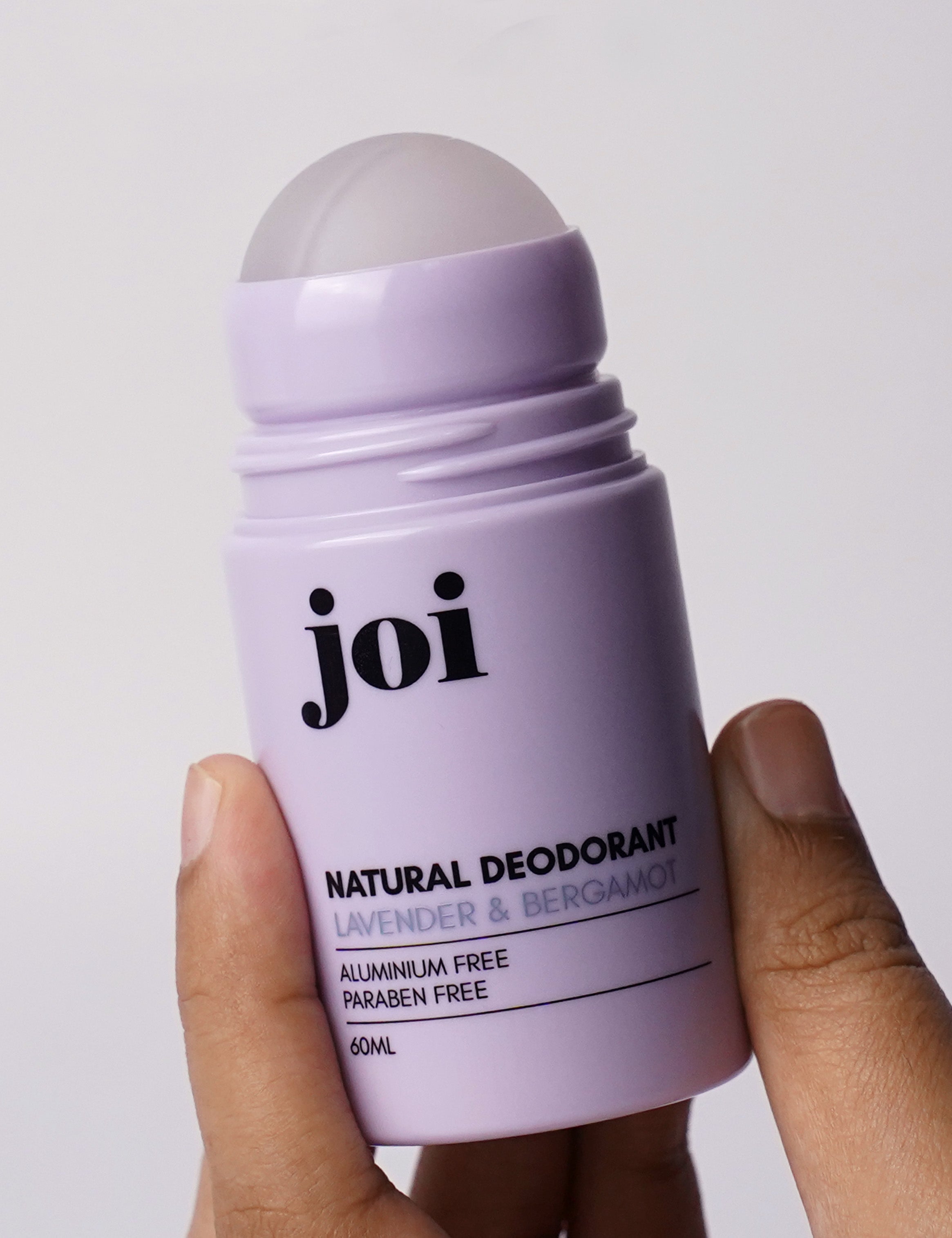
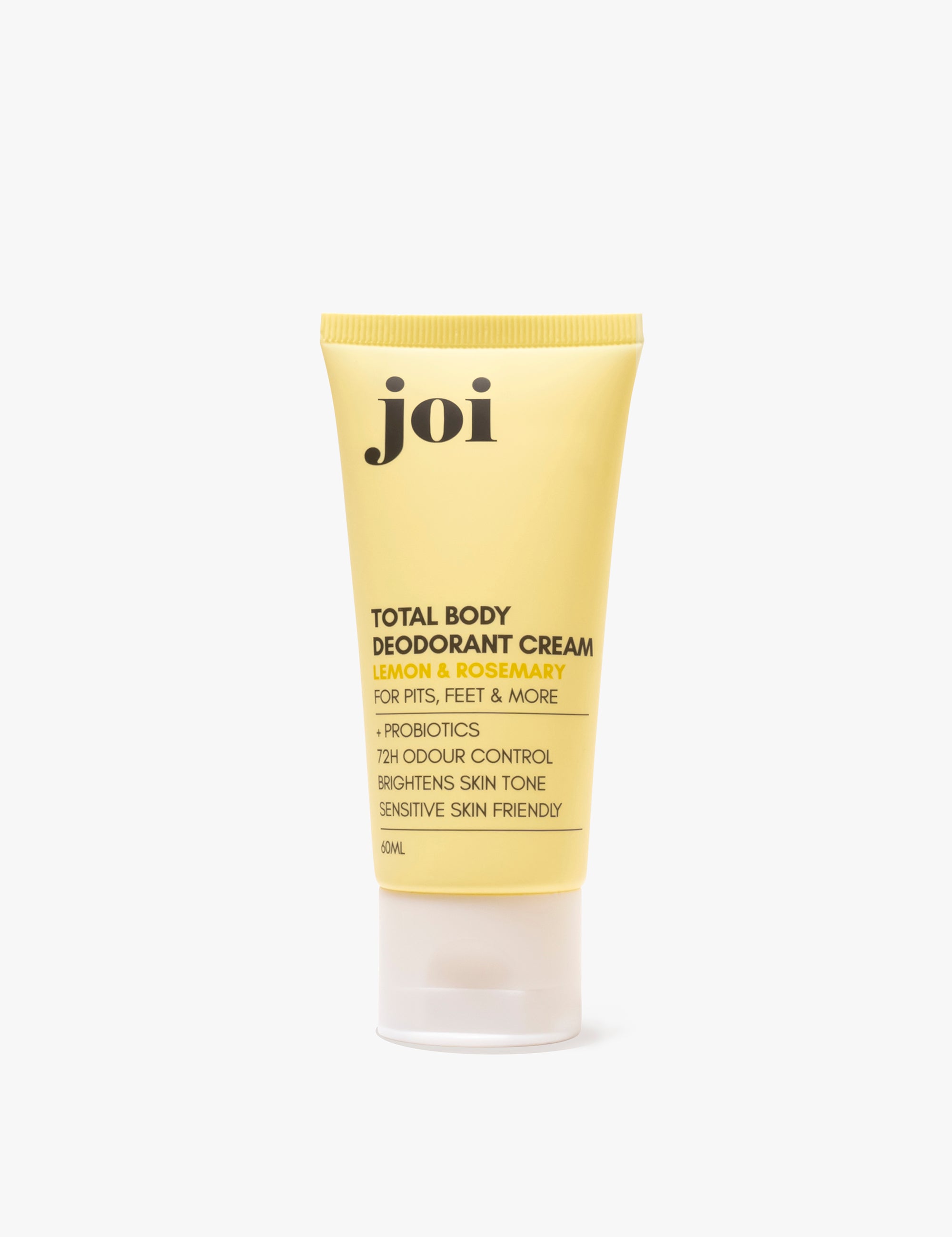
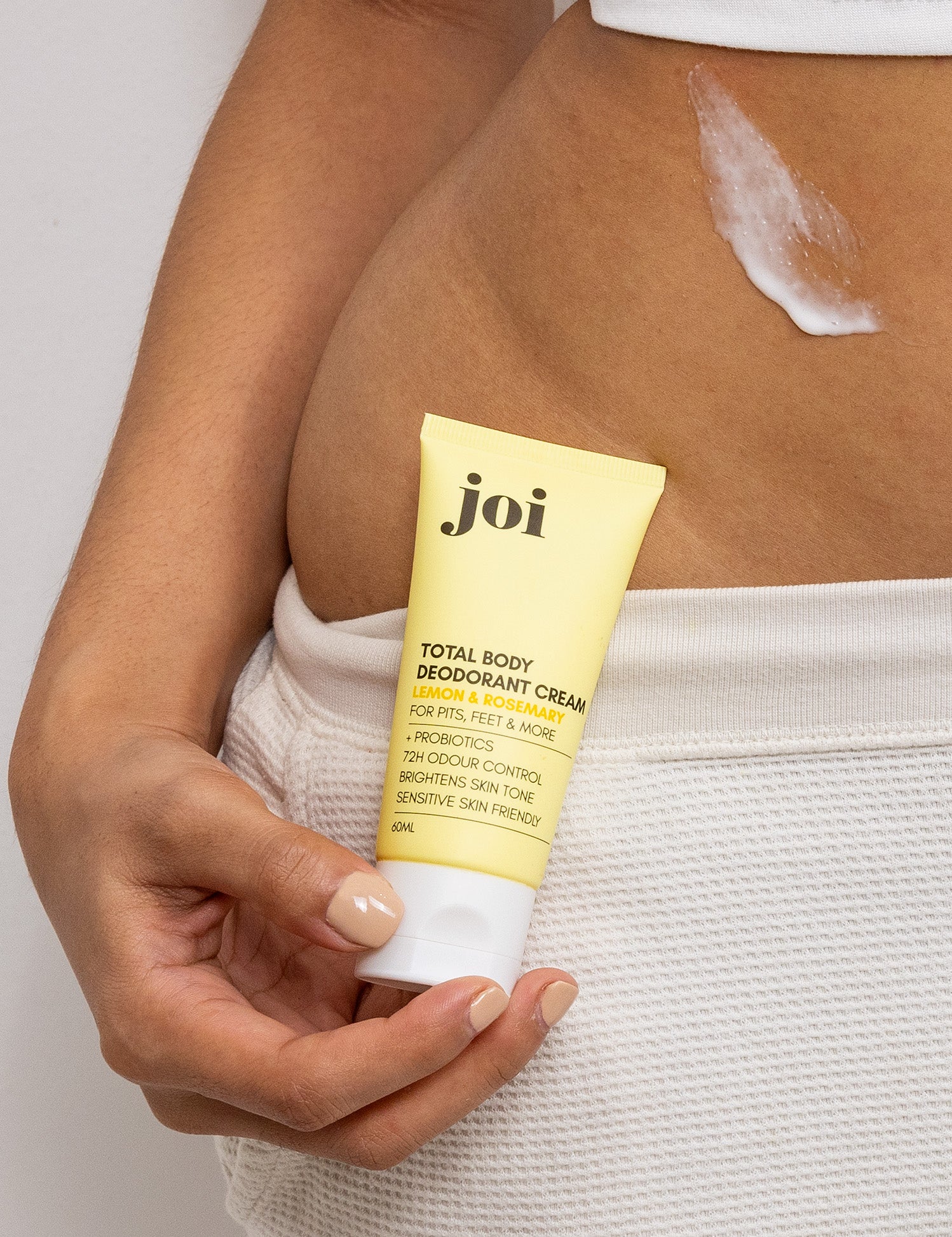
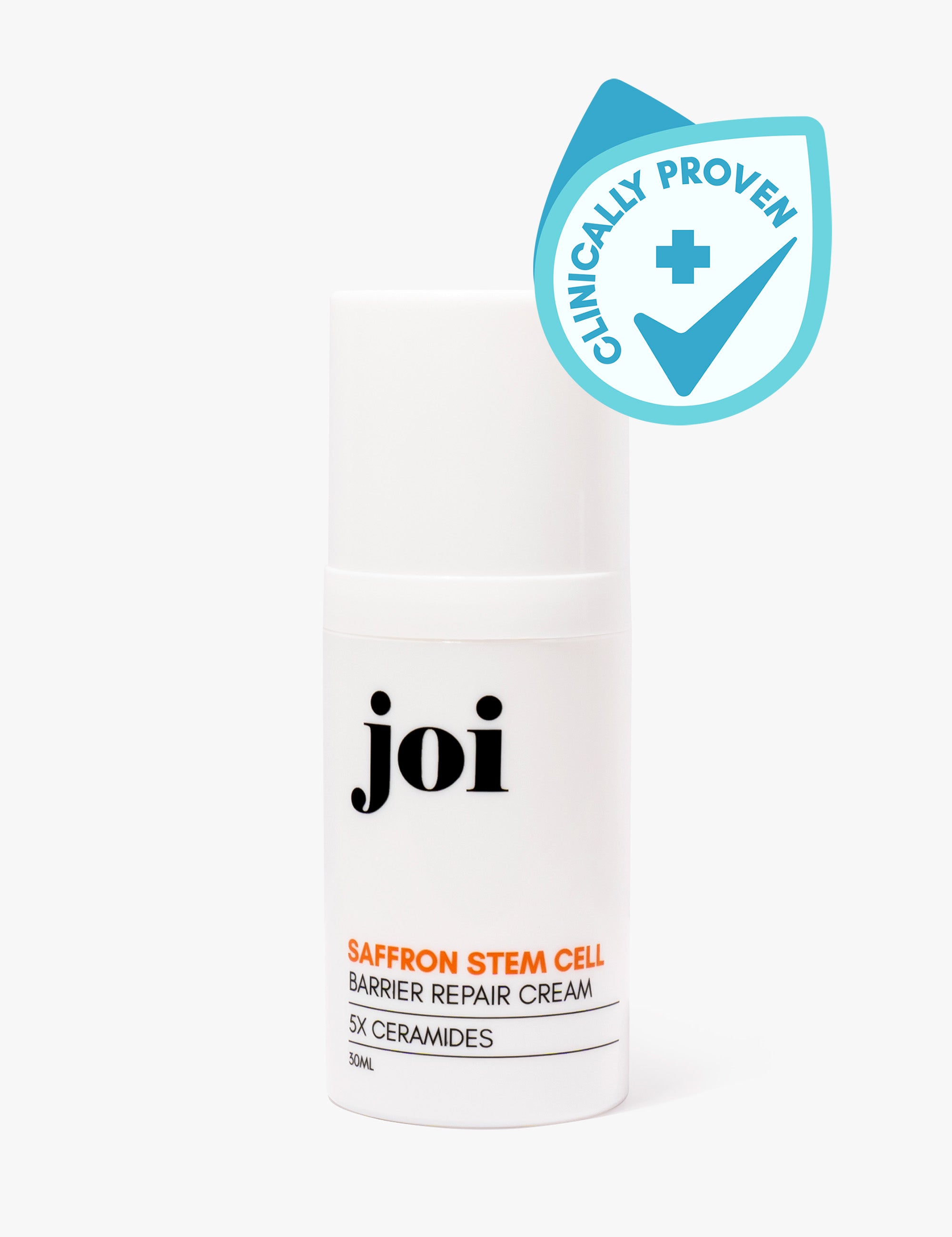
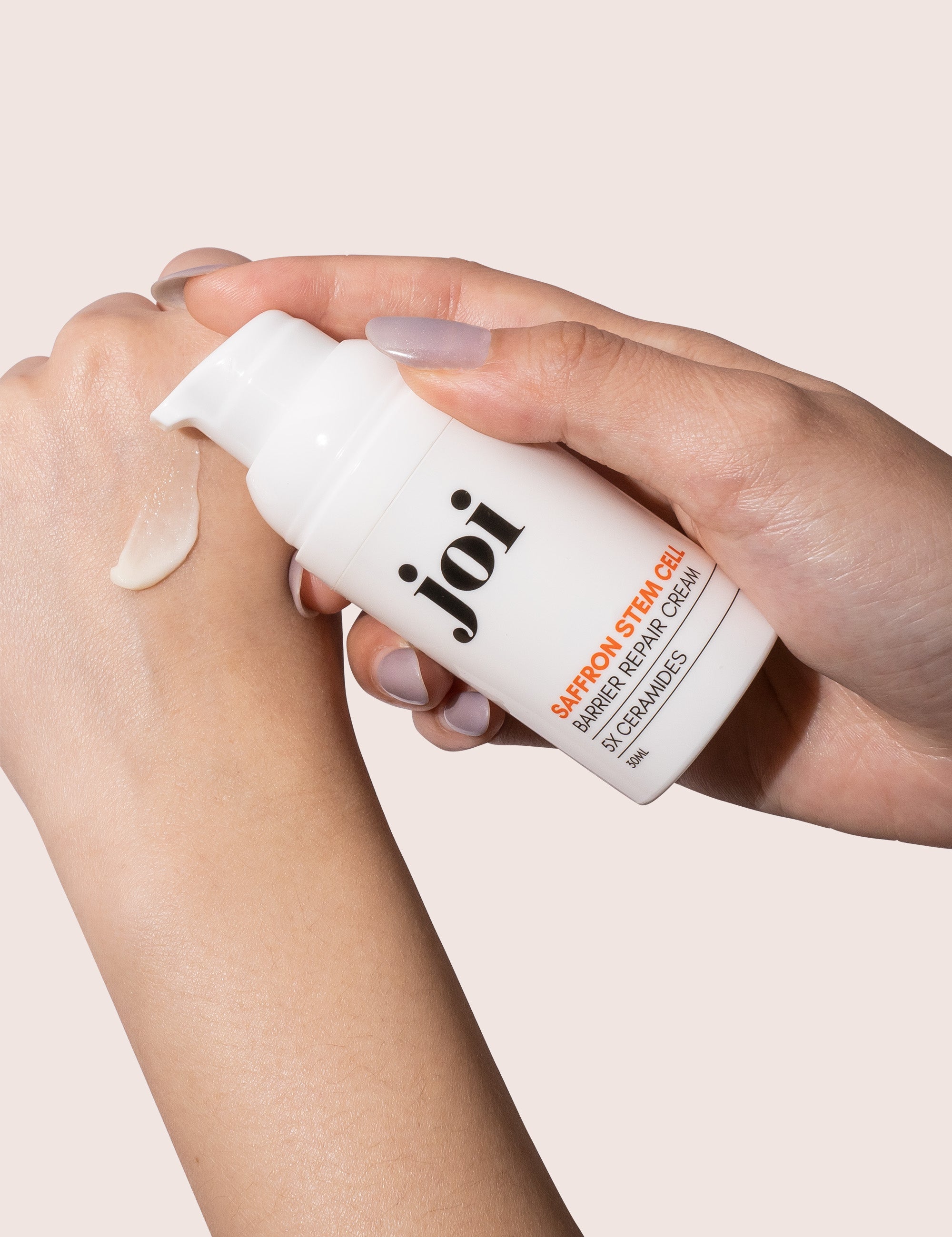

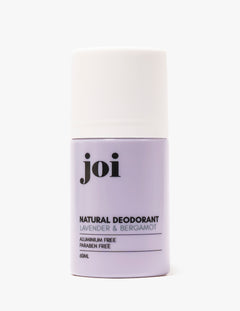
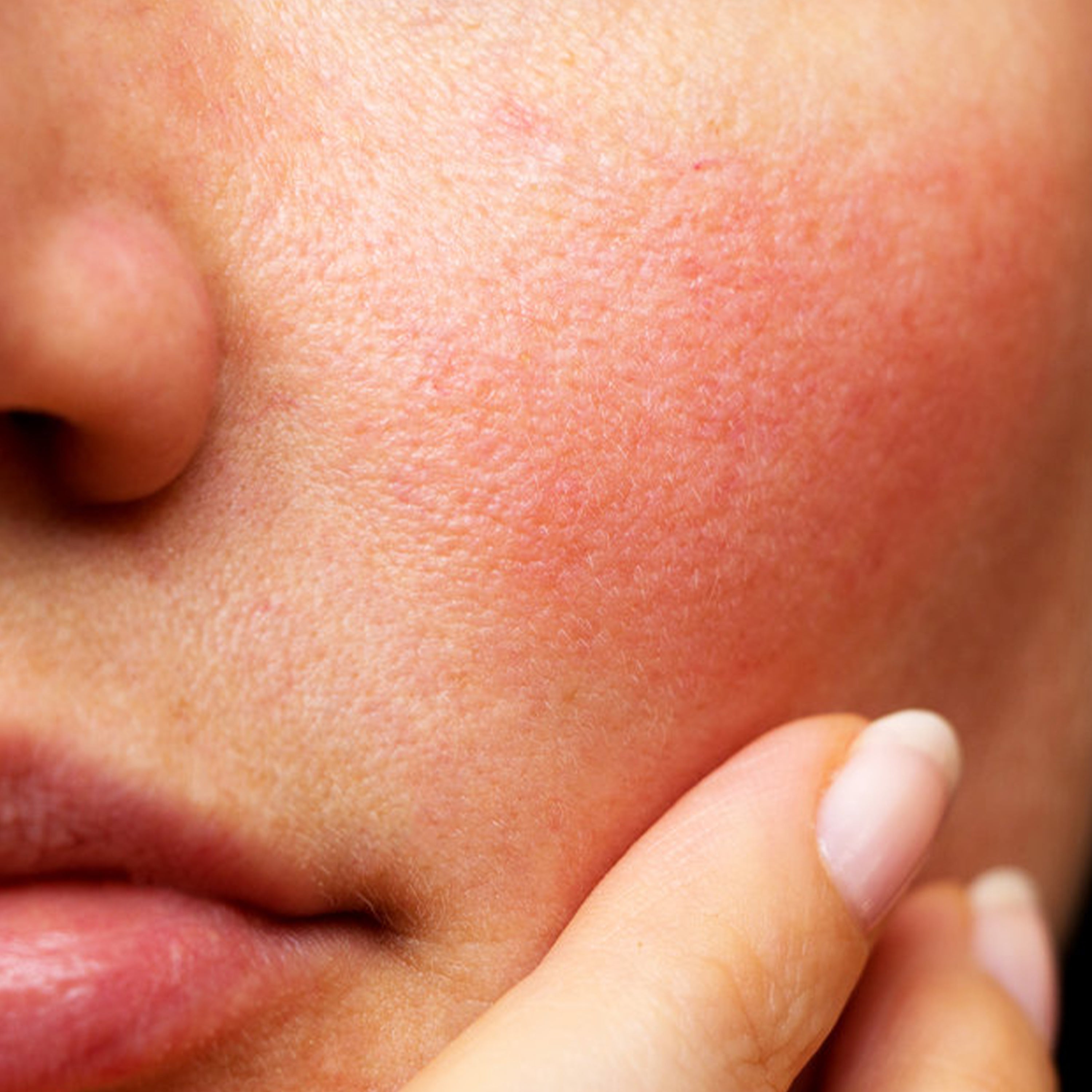
Leave a comment